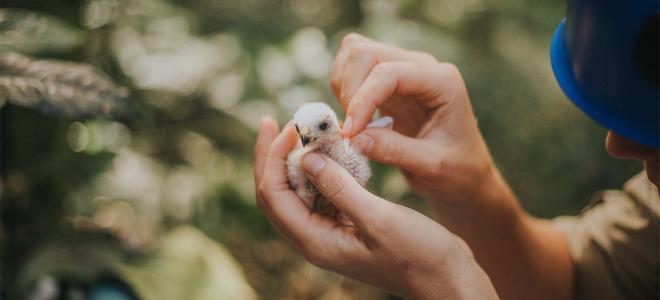Parasitic nest flies, known as botflies, lay their eggs in bird nests. The larvae burrow beneath the skin of the nestlings to feed on their tissue and flesh. Without treatment, these flies can cause high nestling mortality. To prevent nest fly infestations, the nest is treated with a diluted insecticide about one week before the eggs are due to hatch.
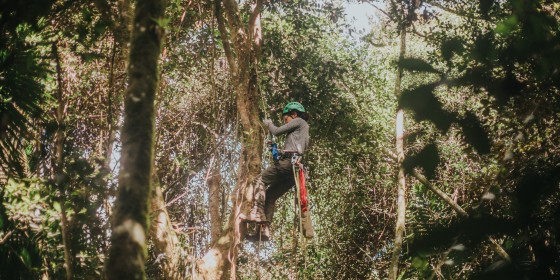
Amanda Hancock
Puerto Rico's Raptors are Declining
Our Solutions
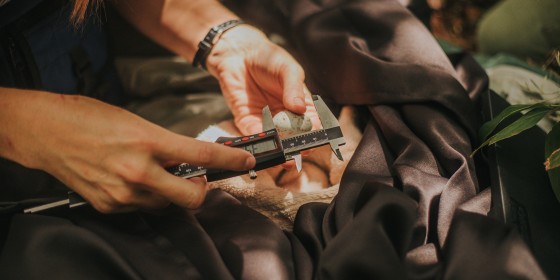
Amanda Hancock
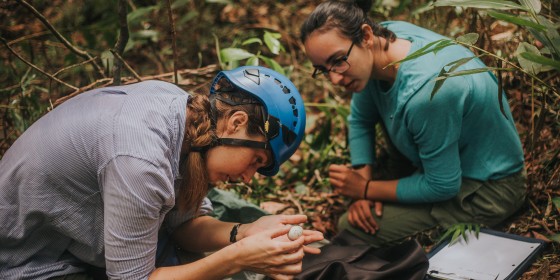
Amanda Hancock
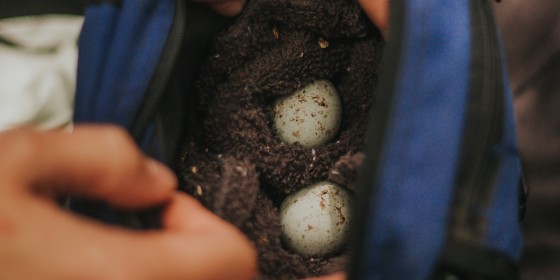
Amanda Hancock
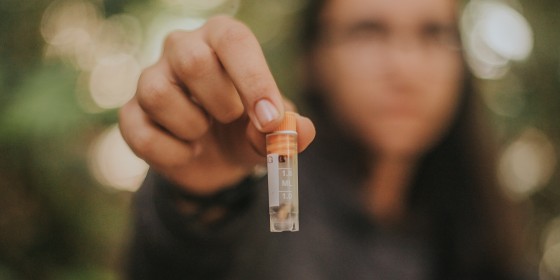
Amanda Hancock
